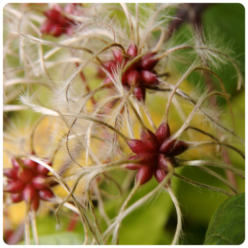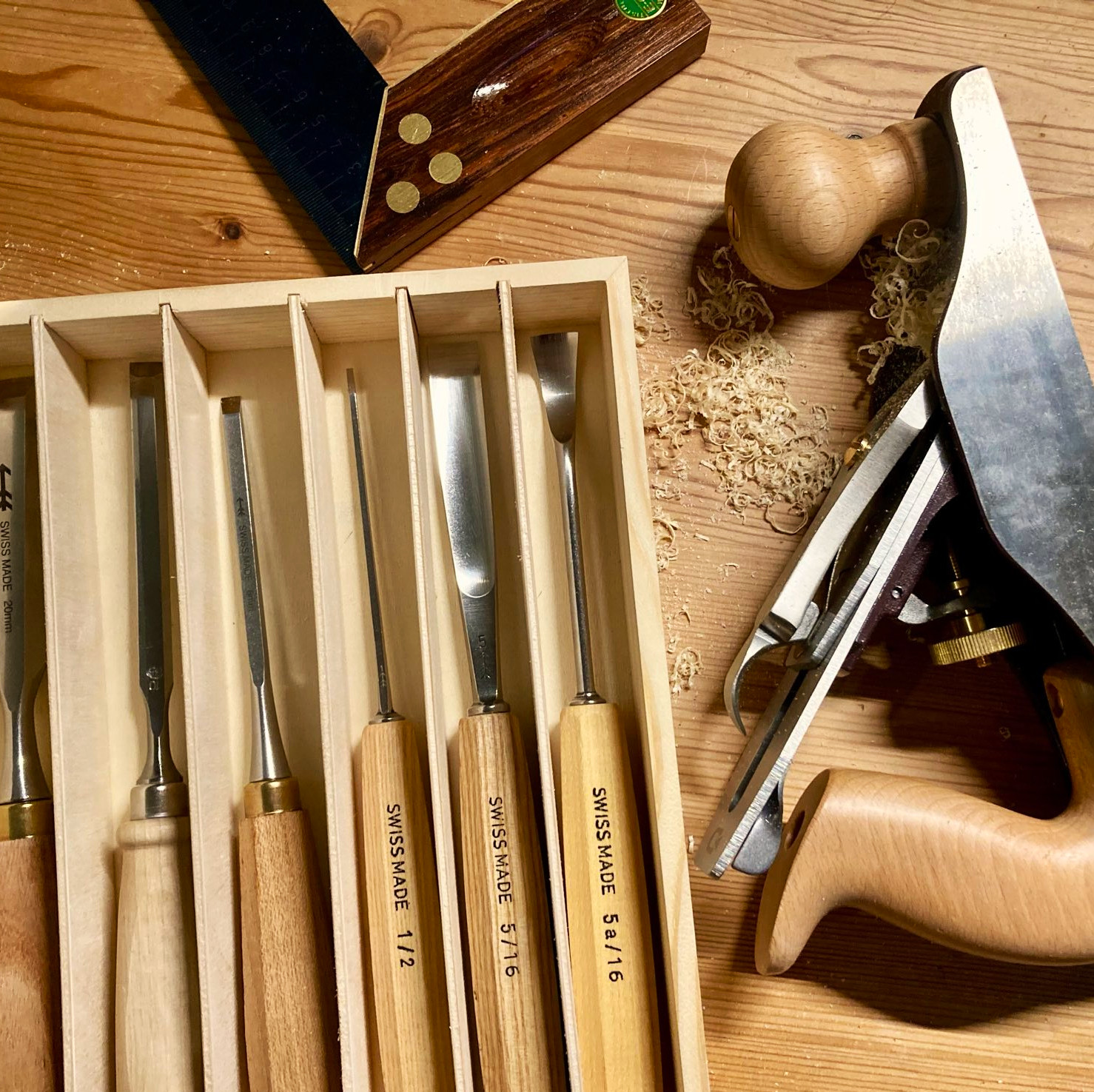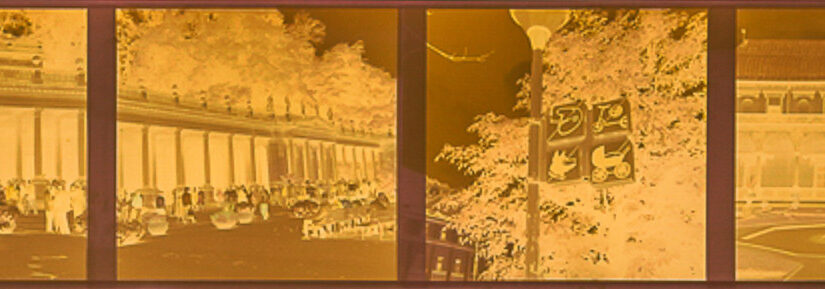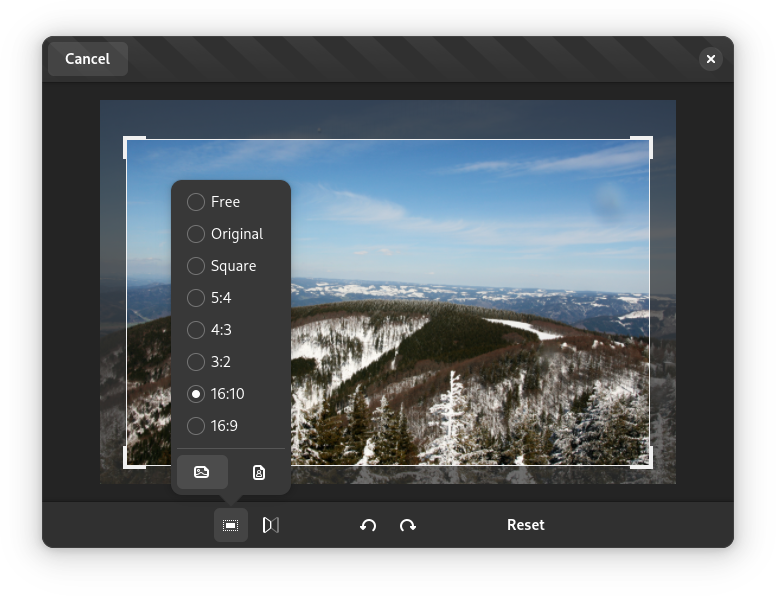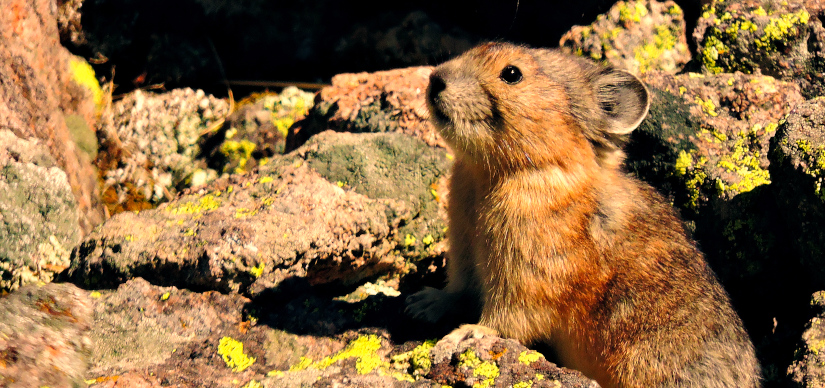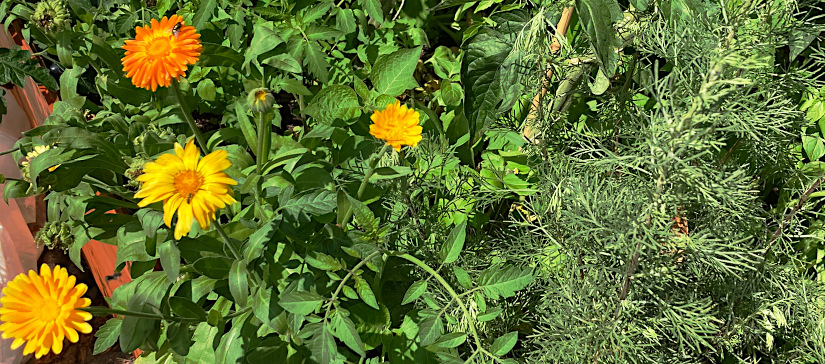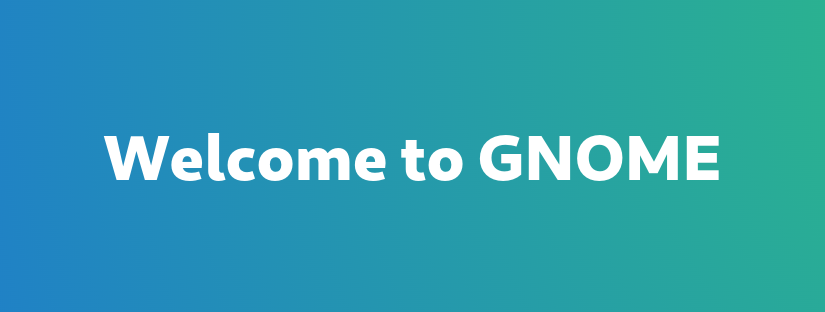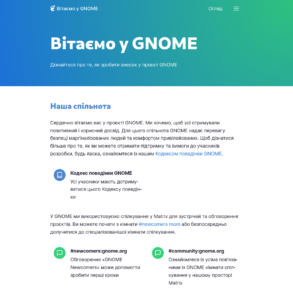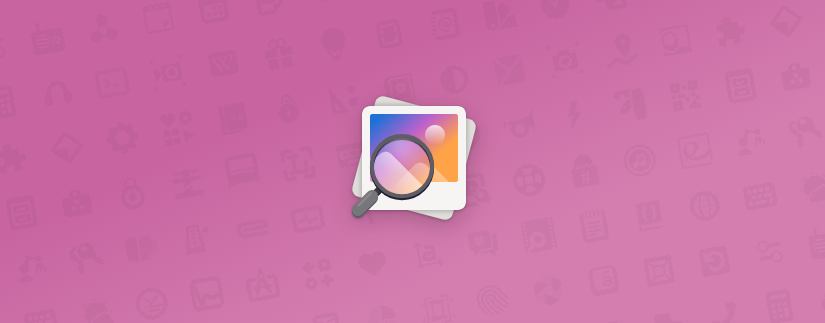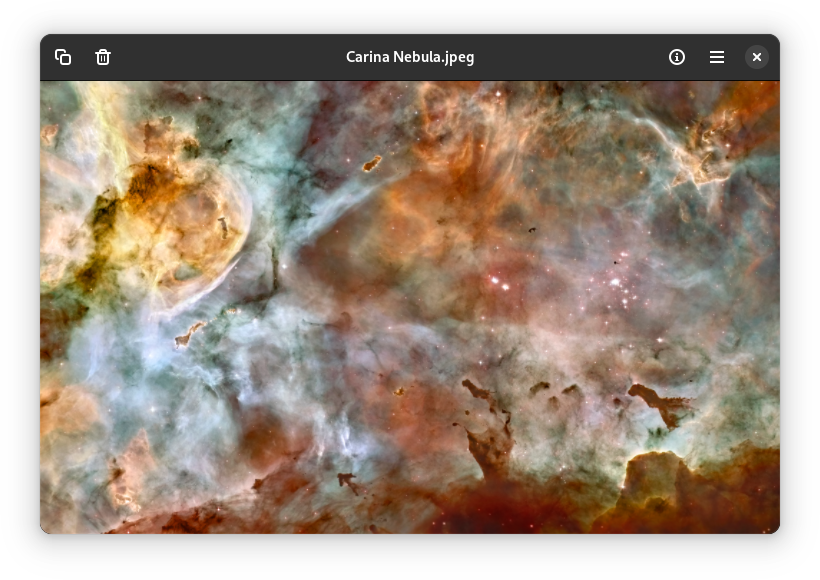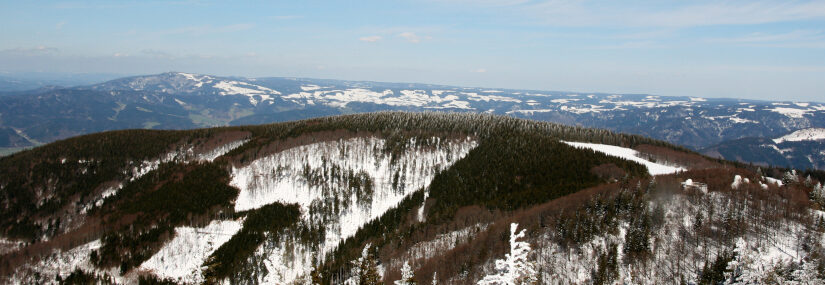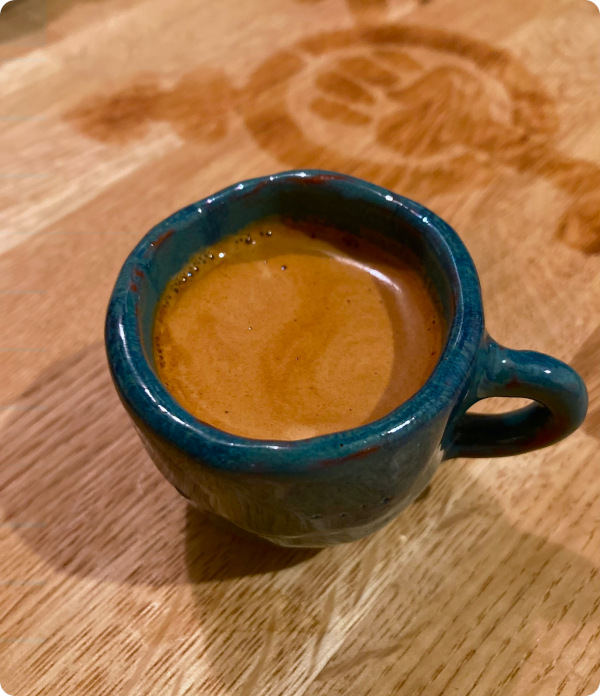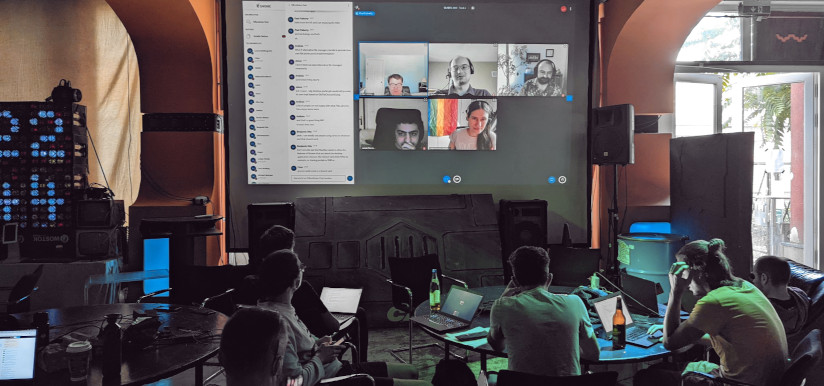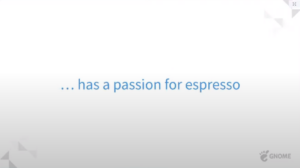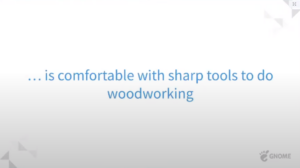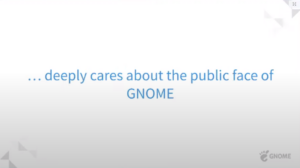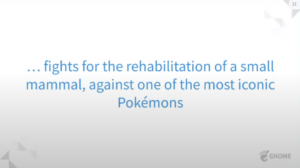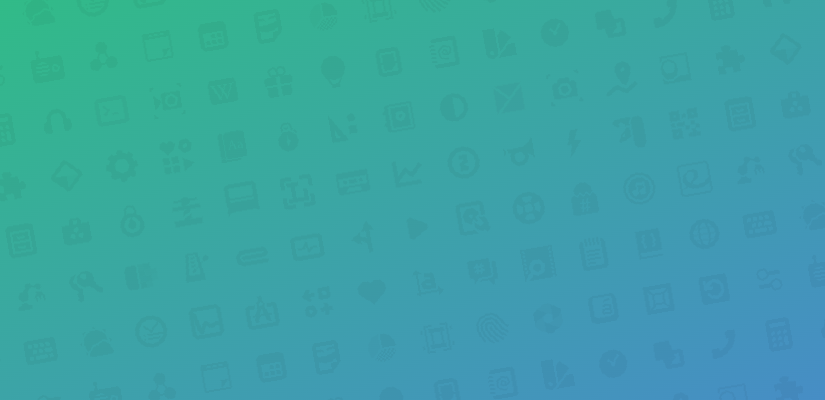May 12 is the International ME/CFS Awareness Day. Since I have been living with ME/CFS for some time, I want to use this day as an opportunity to talk a bit about this topic.
The Illness
The main symptom of ME/CFS is an intolerance against physical, cognitive, and emotional exertion. For me, that means that activities like preparing dinner or cleaning my room can overload my body. Usually, the full consequences of this only become visible after roughly 24 hours. The state after such an overload is also called a crash. The resulting symptoms for me include exhausted muscles, feeling like I got the flue, pain in joints and muscles, disrupted sleep, brain fog, headaches, and more. Depending on the severity, these symptoms will disappear again after a day or a week of rest. Not resting during a crash, is an easy way to prolong the symptoms and just feeling incredibly miserable. Following these limitations is a bit challenging at times. Therefore, some of these symptoms are quite a frequent issue for me.
In contrast to severe cases of ME/CFS, I’m usually still having a considerable amount of energy available, with a score of 30 on the CFIDS Disability Scale. Cases with a score 0, which implies being constantly bedridden and unable to care for oneself, do exist. One of the recent more prominent cases has been the one of Diana (Physics Girl).
While I am able to manage my every day life, having to manage my resource that much, and planning ahead for basic tasks like my weekly hair wash is quite exhausting. Not having extra resources available for unexpected events in life is honestly also pretty frightening at times. Due to ME/CFS and other disabilities like Autism, I have been at “full reduced earning capacity” for more than 10 years now. That’s the formal term in Germany for people that can’t work at least 3 hours per day.
Perspectives for Treatment
ME/CFS is a syndrome, a label for a collection of symptoms that have been observed in many patients. Nobody knows what’s the cause, how it works, or even if it’s one illness or a bunch of illnesses that all manifest similarly. Equally, there is no direct treatment. There are some treatments that can be tried to manage some of the symptoms, but usually, it needs some luck to find anything that has any positive effect. Generally, ME/CFS can get better on its own. But, like everything with ME/CFS, the likeliness of this happening is unknown.
The key in managing ME/CFS is pacing. That means knowing one’s body’s limits and trying to not exceed them. This is especially important since, as described before, the main symptoms have a very delayed onset, making it impossible to just rely on the direct feedback of one’s body. If the body is clearly reacting, I am already deep in crash territory. For me, that especially means to limit physical activities like vacuuming to not more than 30 minutes and to lie down afterward. Walking is currently possible up to about 1 km on good days. But I am still struggling to follow what I know is good for me. But I am improving.
ME/CFS can be caused by infections like influenza or COVID. While COVID can cause a lot of different health issues, often lumped together under the vague term ‘long COVID’, ME/CFS is one of these potential long term effects. ME/CFS has long been mostly ignored by medical research, or worse, been labeled as a psychological problem that can be fixed by “just going out more” – which of course just worsens the symptoms. Even still, large studies are published that try to support these theories. While these studies are of laughable quality (German), they managed to hinder proper research and treatment for ME/CFS for far too long. What’s even more infuriating is that some of these studies seems to be influenced by insurances that want to avoid claims by ME/CFS patients. But COVID brought ME/CFS enough attention that things are slowly changing. A lot of trials for vastly different medications are ongoing. ME/CFS has also reached such an importance that treatment and research for it is explicitly mentioned twice in the coalition agreement of Germany’s new government. Research is slowly getting an idea of what is happening in the body of ME/CFS patients. Damaged Mitochondria, immune system reactions, changes in blood cells, involvement of the nervous system, abnormalities in brain MRI’s, and many more. However, it is still very much unclear which of these things are cause and which are effect.
Working on GNOME
I am very happy that I have the capacities to contribute to GNOME. Programming has been calming and fulfilling for me for a very long. I wish I could contribute more, but slowly chipping away on my projects is also fine :) Since last year, I have also started to accept donations and do a bit of contract work like for GNOME STF. This extra money, on top of my social benefits, helps me to buy some nice woodworking tools (I rarely have energy to use, oh no) or give me the luxury of not having to contemplate if I can afford to take a taxi to a doctor’s appointment. I am very grateful for that!
